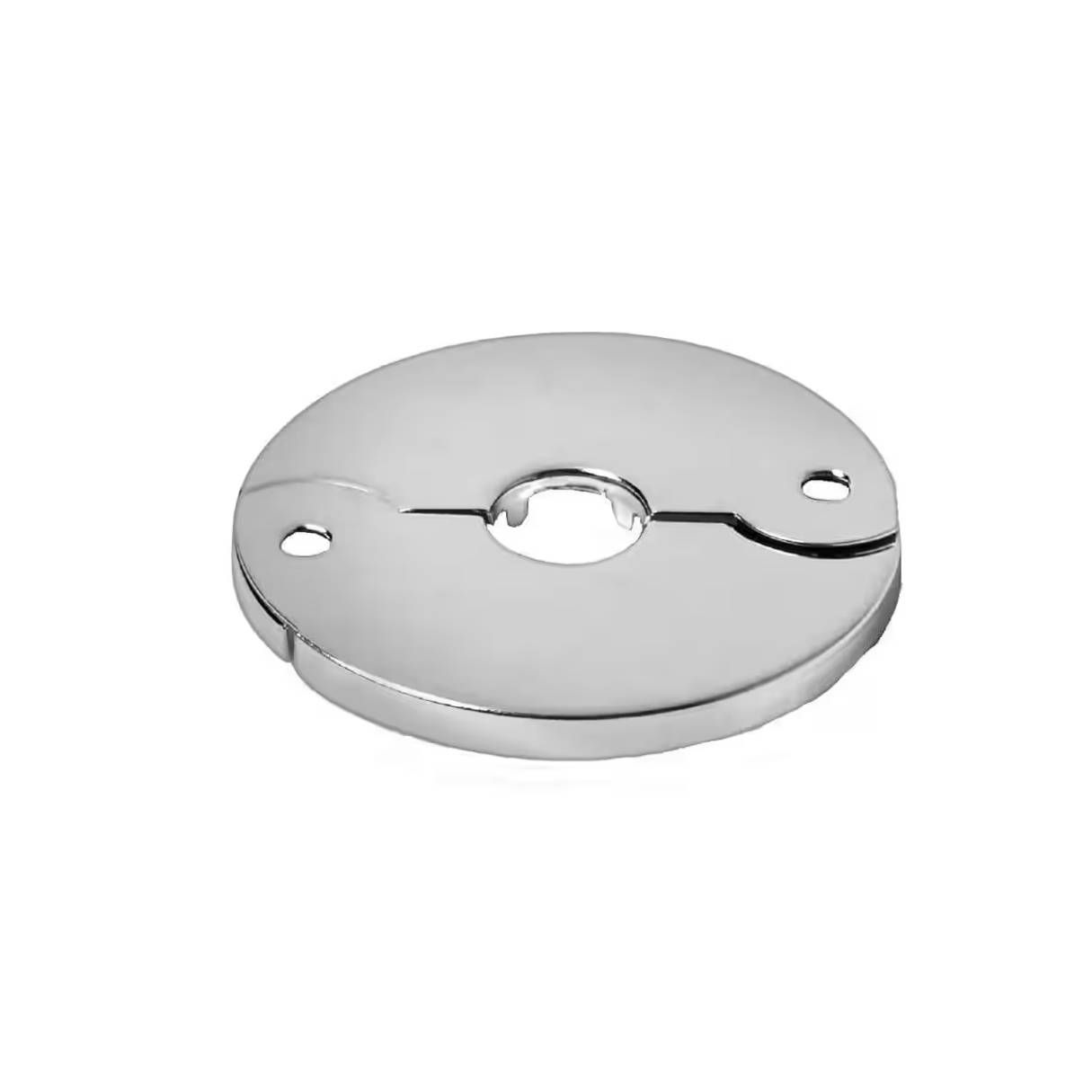

Articles
What Is An Escutcheon In Plumbing
Modified: December 7, 2023
Learn about the purpose and importance of an escutcheon in plumbing. Discover helpful articles on this essential plumbing component.
(Many of the links in this article redirect to a specific reviewed product. Your purchase of these products through affiliate links helps to generate commission for Storables.com, at no extra cost. Learn more)
Introduction
In the world of plumbing, there are many components and fixtures that play a crucial role in ensuring the smooth functioning of a plumbing system. One such component is an escutcheon, which is commonly used in plumbing installations. But what exactly is an escutcheon and what purpose does it serve?
An escutcheon, also known as a flange or a cover plate, is a decorative and protective plate that is used to conceal the holes or gaps between a plumbing fixture and the wall or floor it is mounted on. It is usually circular or oval in shape and is available in a variety of materials, such as chrome, stainless steel, brass, or plastic.
The primary function of an escutcheon is to create a clean and finished look by covering any unsightly openings or rough edges that may occur during the installation of a plumbing fixture. It serves as a decorative element that enhances the overall aesthetics of the plumbing system, making it visually appealing.
Additionally, an escutcheon also serves a practical purpose. It helps to protect the surrounding area from water damage by preventing water from leaking into the gaps between the fixture and the wall or floor. This is particularly important in the case of pipes or valves that are located close to the surface, as it prevents water from seeping through and causing damage to the underlying structure.
Escutcheons are commonly used in various plumbing applications. They can be found in installations such as faucets, showerheads, tub spouts, and pipe penetrations. Regardless of the specific application, the escutcheon ensures a neat and professional finish while providing a barrier against water intrusion.
Now that we understand the purpose of an escutcheon in plumbing, let’s explore the different types of escutcheons available in the market and how they can be installed in a plumbing system.
Key Takeaways:
- Escutcheons are essential in plumbing, providing a polished look, protecting against water damage, and enhancing the aesthetics of fixtures. They come in various types and materials to suit different designs and applications.
- Proper installation and maintenance of escutcheons are crucial for their longevity and functionality. Regular cleaning, inspections, and addressing common issues ensure that escutcheons continue to enhance plumbing fixtures and prevent water damage.
Read more: What Is Plumbing?
What is an Escutcheon?
An escutcheon, commonly referred to as a flange or a cover plate, is a vital component in plumbing systems. In simple terms, it is a decorative and protective plate that is used to conceal the gaps or holes between a plumbing fixture and the wall or floor it is mounted on.
The primary purpose of an escutcheon is to provide a polished and finished look to the plumbing installation. It acts as a decorative element that enhances the overall aesthetics of the fixture and the surrounding area. Escutcheons are available in various shapes, such as circular, oval, or even custom-designed options, to complement the specific fixture they are being used with. They are available in a wide range of materials, including chrome, stainless steel, brass, and plastic, ensuring that they can fit seamlessly into any plumbing design.
Beyond their decorative function, escutcheons also serve a practical purpose. They help to protect the surrounding area from water damage by preventing water from leaking into the gaps between the fixture and the wall or floor. This is particularly important in bathrooms and kitchens, where water exposure is frequent. By effectively sealing off these gaps, the escutcheon acts as a barrier, preventing moisture from seeping in and potentially causing structural damage or promoting the growth of mold and mildew.
Escutcheons are commonly used in a variety of plumbing applications. They can be found in installations such as faucets, showerheads, tub spouts, and pipe penetrations. For instance, when a faucet is mounted on a sink or a wall, the escutcheon plate covers the hole through which the faucet and related plumbing supply lines pass. This not only enhances the appearance but also protects the underlying structure from water damage.
Overall, escutcheons play a crucial role in both the aesthetic appeal and functionality of plumbing systems. They offer a visually pleasing finish while helping to maintain the integrity of the installation. Whether you’re renovating a bathroom, upgrading your kitchen faucet, or installing a new showerhead, incorporating an escutcheon into the plumbing design is a wise choice to ensure a professional and polished look.
Now that we have a clear understanding of what an escutcheon is and its purpose in plumbing, let’s delve into the various types of escutcheons available in the market and explore how they can be installed.
Purpose of an Escutcheon in Plumbing
An escutcheon serves several important purposes in plumbing installations. Let’s explore the key functions and benefits of using an escutcheon:
- Covering Unsightly Gaps: One of the primary purposes of an escutcheon is to cover the gaps or holes between a plumbing fixture and the wall or floor it is mounted on. These gaps can occur during the installation process and may be unsightly or unappealing. The escutcheon provides a clean and finished look by concealing these openings, creating a seamless and polished appearance.
- Enhancing Aesthetics: Escutcheons are available in various designs, finishes, and materials, allowing them to complement the style and decor of the plumbing installation. Whether it’s a sleek and modern bathroom or a more traditional kitchen, an escutcheon can add a decorative touch and enhance the overall aesthetics of the space.
- Protecting Against Water Damage: Water leakage can cause significant damage to the surrounding area, particularly when plumbing fixtures are installed near walls or floors. Escutcheons act as a protective barrier, preventing water from seeping into the gaps or holes. By effectively sealing off these areas, they help to minimize the risk of water damage, such as rotting wood, mold growth, and structural deterioration.
- Easy Cleaning and Maintenance: Escutcheons are typically designed to be removable, making them easy to clean and maintain. Accumulated dirt, grime, or soap residue can be cleaned off the escutcheon separately, ensuring the plumbing fixture remains hygienic and attractive.
- Reducing Noise and Vibration: In some cases, plumbing fixtures may generate vibrations or noise during operation, especially when the water pressure is high. The presence of an escutcheon can help dampen these vibrations and reduce the noise, resulting in a quieter and more comfortable plumbing system.
Overall, the purpose of an escutcheon in plumbing installations is to provide a visually pleasing finish, protect against water damage, enhance the functionality of plumbing fixtures, and contribute to the overall aesthetics of the space. Whether it’s concealing gaps, reducing water damage risks, or adding a decorative touch, the escutcheon is an essential component that enhances both the appearance and functionality of plumbing systems.
Now that we understand the purpose of an escutcheon, let’s move on to exploring the different types of escutcheons available in the market and how they can be installed.
Types of Escutcheons
Escutcheons are available in a variety of types and designs to suit different plumbing fixtures and installations. Here are some common types of escutcheons:
- Circular Escutcheons: This is the most common type of escutcheon and is commonly used for round or cylindrical plumbing fixtures such as faucets, showerheads, or pipe penetrations. Circular escutcheons are available in various sizes and finishes, allowing them to seamlessly blend with the fixture and the surrounding aesthetic.
- Oval Escutcheons: Oval escutcheons are similar to circular escutcheons but have an oval shape. They are often used for oval-shaped fixtures such as bathtub spouts or certain faucet designs. These escutcheons provide a sleek and streamlined look, adding a touch of elegance to the installation.
- Decorative Escutcheons: For those looking to add a unique and stylish element to their plumbing fixtures, decorative escutcheons are an excellent choice. These escutcheons come in a wide range of designs, patterns, and finishes, including intricate motifs, geometric shapes, or textured surfaces. Decorative escutcheons can serve as a focal point of the plumbing installation, bringing a touch of personalization and creativity to the space.
- Adjustable Escutcheons: As the name suggests, adjustable escutcheons offer flexibility in terms of size and positioning. They are designed to fit a range of pipe diameters, allowing for easy installation and customization. Adjustable escutcheons are particularly useful when dealing with irregularly sized or non-standard plumbing fixtures.
- Plastic Escutcheons: Plastic escutcheons are a cost-effective option that offers durability and versatility. They are available in various colors and finishes, making it easy to match them with different plumbing fixtures and design themes. Plastic escutcheons are resistant to corrosion, making them suitable for use in humid environments such as bathrooms and kitchens.
- Fire-Rated Escutcheons: In certain plumbing installations where fire-rated materials are required, fire-rated escutcheons are used. These escutcheons are made from specialized materials that provide fire resistance and comply with fire safety regulations. Fire-rated escutcheons are commonly used in commercial buildings, hotels, or healthcare facilities.
When choosing an escutcheon, it is essential to consider the specific plumbing fixture, the aesthetic preferences, and the functional requirements of the installation. Proper sizing and compatibility with the fixture are crucial to ensure a seamless fit and appearance.
Now that we have explored the different types of escutcheons available, let’s move on to understanding how to install an escutcheon in a plumbing system.
When installing an escutcheon in plumbing, make sure to measure the pipe diameter accurately to ensure a proper fit. Use a level to ensure the escutcheon is installed straight and secure it in place with the appropriate screws or adhesive.
Installation of an Escutcheon
Installing an escutcheon is a relatively simple process that can be done without professional assistance. Here is a step-by-step guide on how to install an escutcheon in a plumbing system:
- Gather the necessary tools: Before you begin the installation, gather the tools you will need, such as a screwdriver, measuring tape, and the escutcheon itself. It is essential to ensure that the escutcheon is the appropriate size and design for your specific plumbing fixture.
- Turn off the water supply: Before working on any plumbing fixture, it is crucial to turn off the water supply to prevent any water leakage or damage. Locate the shut-off valve connected to the fixture you are installing the escutcheon on and turn it off.
- Remove the existing fixture trim: If there is an existing trim or cover plate on the fixture, remove it by unscrewing the screws holding it in place. Be careful not to damage the fixture or surrounding area during this process.
- Prepare the escutcheon: Check the escutcheon to ensure that it is clean and free from any defects or damage. If necessary, clean it gently with a mild soap solution and a soft cloth. Measure the diameter of the fixture and the diameter of the escutcheon to ensure a proper fit.
- Align and position the escutcheon: Place the escutcheon over the fixture, aligning it with the holes or gaps you intend to cover. Ensure that the escutcheon is centered and level. You may need to adjust its position slightly to achieve a perfect fit.
- Secure the escutcheon: Once the escutcheon is properly positioned, use the provided screws to secure it in place. Be careful not to overtighten the screws, as it may damage the escutcheon or the fixture. Check for any loose fitting and make necessary adjustments.
- Turn on the water supply: After the escutcheon is securely installed, turn on the water supply by opening the shut-off valve. Check for any leaks or water seepage around the escutcheon and make sure everything is functioning properly.
- Clean and inspect: Finally, clean any smudges or fingerprints off the escutcheon using a soft cloth. Inspect the escutcheon and surrounding area for any remaining debris or damage before completing the installation process.
It’s worth noting that the installation process may vary slightly depending on the specific plumbing fixture and escutcheon design. Always refer to the manufacturer’s instructions provided with the escutcheon for detailed guidance.
With these steps, you can easily install an escutcheon and enjoy the polished and finished look it adds to your plumbing fixtures.
Now that we have covered the installation process, let’s move on to understanding how to maintain and care for an escutcheon in order to ensure its longevity and functionality.
Read more: What Is A Rough In Plumbing
Maintenance and Care of an Escutcheon
Maintaining and caring for an escutcheon is essential to ensure its longevity and functionality. Here are some tips to help you keep your escutcheon in optimal condition:
- Regular Cleaning: Periodically clean the escutcheon to remove any dirt, dust, or grime that may accumulate over time. Use a mild soap solution or a non-abrasive cleaner along with a soft cloth or sponge to gently wipe down the surface of the escutcheon. Avoid using harsh chemicals or abrasive materials that may damage the finish or material of the escutcheon.
- Preventive Maintenance: Inspect the escutcheon regularly for any signs of damage, such as cracks, dents, or loose fittings. If you notice any issues, address them promptly to prevent further damage. Tighten any loose screws and ensure that the escutcheon remains securely in place.
- Avoiding Harsh Chemicals: When cleaning the surrounding area of the escutcheon, avoid using harsh chemicals or abrasive cleaners that can potentially discolor or damage the escutcheon. Instead, opt for gentle cleaning solutions specifically formulated for the material of your escutcheon.
- Protecting the Finish: If your escutcheon has a special finish, such as chrome or brass, take caution to protect it from scratches or other damage. Avoid using abrasive sponges or scrubbers when cleaning and be mindful of any sharp objects that may come in contact with the escutcheon.
- Regular Inspections: Inspect the escutcheon and the surrounding area periodically to ensure there are no signs of water damage or mold growth. If you notice any leaks or water seepage, address the issue immediately to prevent further damage to the escutcheon and the underlying structure.
- Proper Handling: When handling the escutcheon, be careful not to drop or mishandle it, as this can result in damage. Handle the escutcheon with clean hands or wear gloves to avoid transferring oils or residue onto the surface.
- Professional Help: If you encounter any significant issues with the escutcheon or the plumbing fixture it is attached to, seek professional assistance. Experienced plumbers can provide guidance and repairs to ensure proper functionality and longevity of the escutcheon.
By following these maintenance and care tips, you can preserve the appearance and functionality of the escutcheon, allowing it to continue enhancing the aesthetics of your plumbing fixtures for years to come.
Now that we understand how to properly care for an escutcheon, let’s address some common issues that may arise with escutcheons and how to troubleshoot them.
Common Issues with Escutcheons
While escutcheons are generally durable and reliable, there are certain issues that may arise over time. Here are some common issues that you may encounter with escutcheons and how to troubleshoot them:
- Loose Fittings: One of the most common issues with escutcheons is loose fittings. Over time, the screws that hold the escutcheon in place may become loose, causing it to wobble or detach. To fix this issue, simply tighten the screws using a screwdriver. Be careful not to overtighten to avoid damaging the escutcheon or the fixture.
- Damaged or Cracked Escutcheon: Escutcheons can get damaged or cracked due to accidental impacts or regular wear and tear. If you notice any cracks or damage, consider replacing the escutcheon with a new one. This will ensure proper functionality and maintain the aesthetic appeal of your plumbing fixture.
- Water Leaks: In some cases, water may seep through the gaps between the escutcheon and the plumbing fixture, causing leaks or water damage. This issue can be resolved by ensuring a proper fit and tight seal. Check for any gaps or misalignment and readjust the position of the escutcheon if necessary. If the issue persists, consider using plumber’s tape or waterproof sealant around the escutcheon for added protection against water leakage.
- Rust or Corrosion: Escutcheons made of metal, such as chrome or brass, may develop rust or corrosion over time, especially in areas with high humidity or exposure to water. To address this issue, gently clean the affected area using a mild abrasive or rust removal solution. Ensure thorough rinsing and drying to prevent further corrosion. If the corrosion is severe, you may need to replace the escutcheon entirely.
- Incompatibility: Sometimes, an escutcheon may not fit properly or be compatible with the specific plumbing fixture or the dimensions of the installation. In such cases, it is important to select an escutcheon that is designed for the specific fixture or seek professional assistance to choose the appropriate escutcheon for your plumbing needs.
- Improper Installation: Incorrect installation can lead to various issues with escutcheons, such as instability, leaks, or a compromised appearance. To avoid these problems, always follow the manufacturer’s instructions and ensure proper alignment and secure attachment of the escutcheon to the plumbing fixture.
If you encounter any significant issues with your escutcheon or are unsure how to troubleshoot a problem, it is best to seek professional help. Experienced plumbers can provide expert guidance and resolve any complex issues with your escutcheon or plumbing fixtures.
By being aware of these common issues and taking proactive measures, you can effectively troubleshoot and maintain the functionality and aesthetics of your escutcheon, ensuring a long and satisfactory lifespan.
Now that we have addressed the common issues with escutcheons, let’s conclude our discussion on the importance and benefits of using an escutcheon in plumbing systems.
Conclusion
Escutcheons play a vital role in plumbing installations, offering both functional and aesthetic benefits. By concealing gaps, providing a finished look, and protecting against water damage, escutcheons enhance the overall appearance and functionality of plumbing fixtures.
Throughout this article, we’ve explored the various aspects of escutcheons, including their definition, purpose, types, installation process, maintenance, and common issues. Escutcheons are available in different shapes, sizes, and materials to suit various plumbing fixtures, allowing for customization and seamless integration into any design style.
Proper installation of an escutcheon ensures a secure fit and minimizes the risk of water leaks and damage. Routine maintenance, such as regular cleaning and inspections, helps to preserve the escutcheon’s appearance and functionality over time.
While escutcheons are generally durable, issues such as loose fittings, cracks, water leaks, rust, or improper installation may arise. By addressing these problems promptly and seeking professional guidance when needed, you can maintain the integrity and performance of your escutcheons.
In conclusion, escutcheons are an essential component of plumbing systems that provide both practical and aesthetic benefits. They offer a clean and polished look, protect against water damage, and allow for customization in design. By understanding the purpose, types, installation process, maintenance, and troubleshooting of escutcheons, you can ensure their proper function and longevity while enhancing the overall appeal of your plumbing fixtures.
So, the next time you install a faucet, showerhead, or any other plumbing fixture, don’t forget the importance of incorporating an escutcheon to complete the look and protect your plumbing system.
Frequently Asked Questions about What Is An Escutcheon In Plumbing
Was this page helpful?
At Storables.com, we guarantee accurate and reliable information. Our content, validated by Expert Board Contributors, is crafted following stringent Editorial Policies. We're committed to providing you with well-researched, expert-backed insights for all your informational needs.
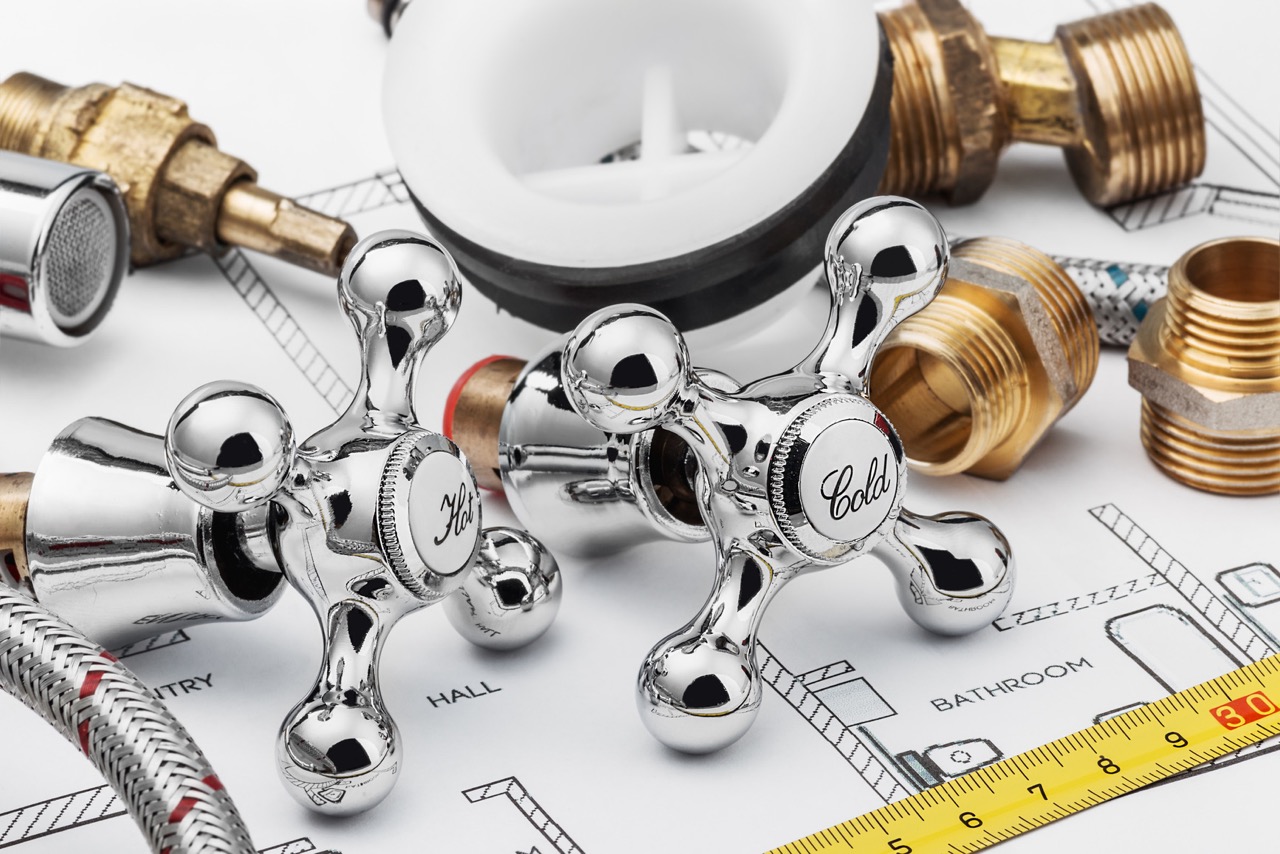
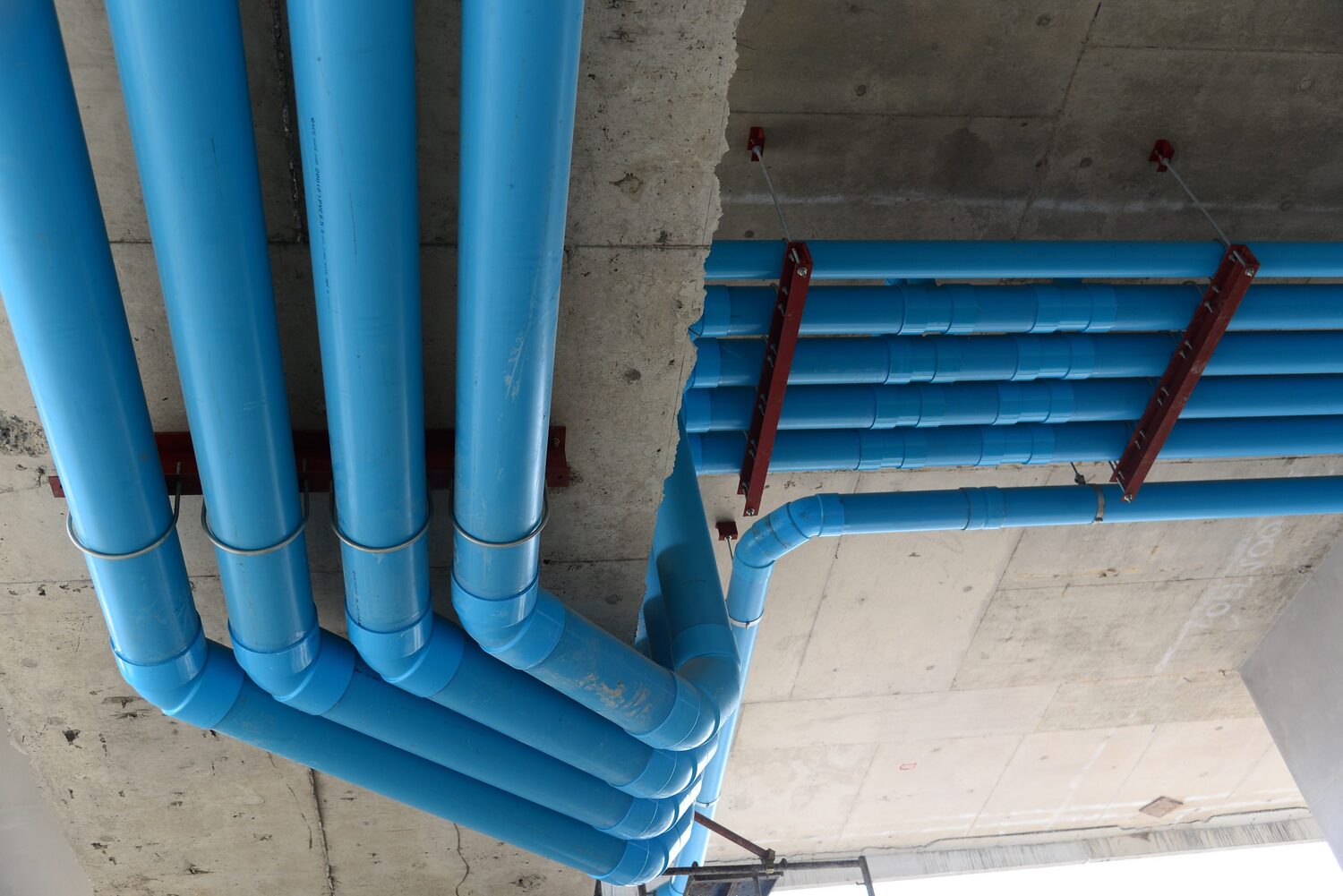
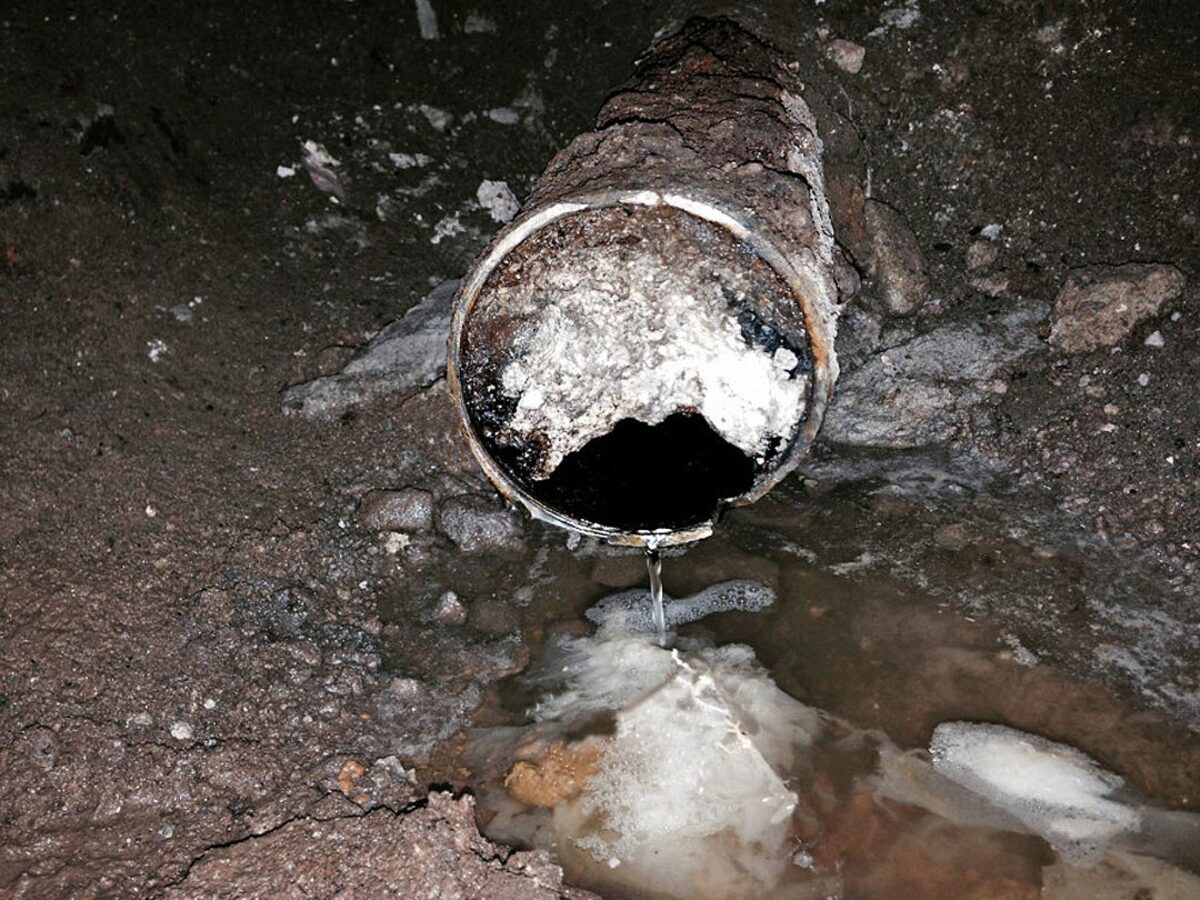
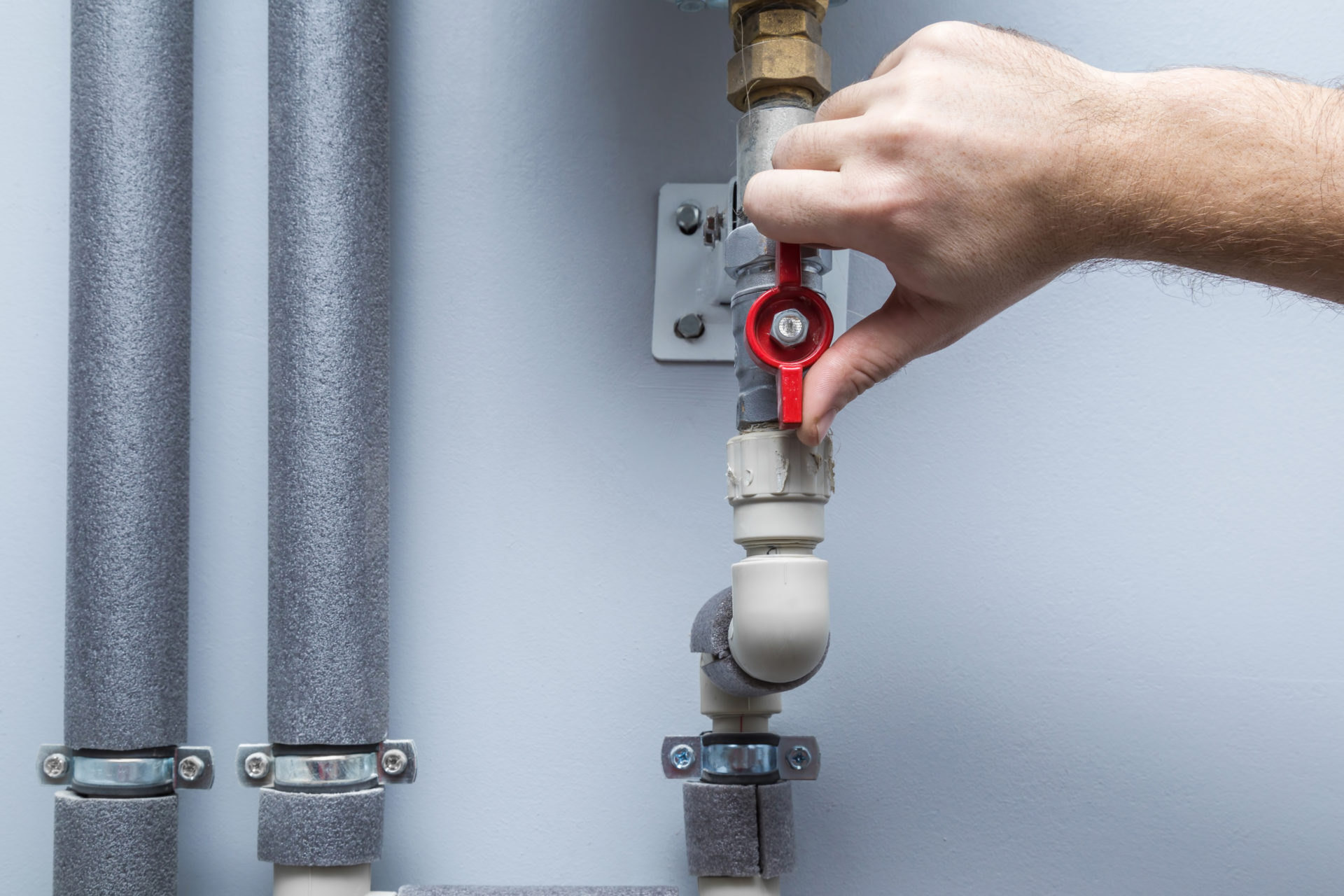
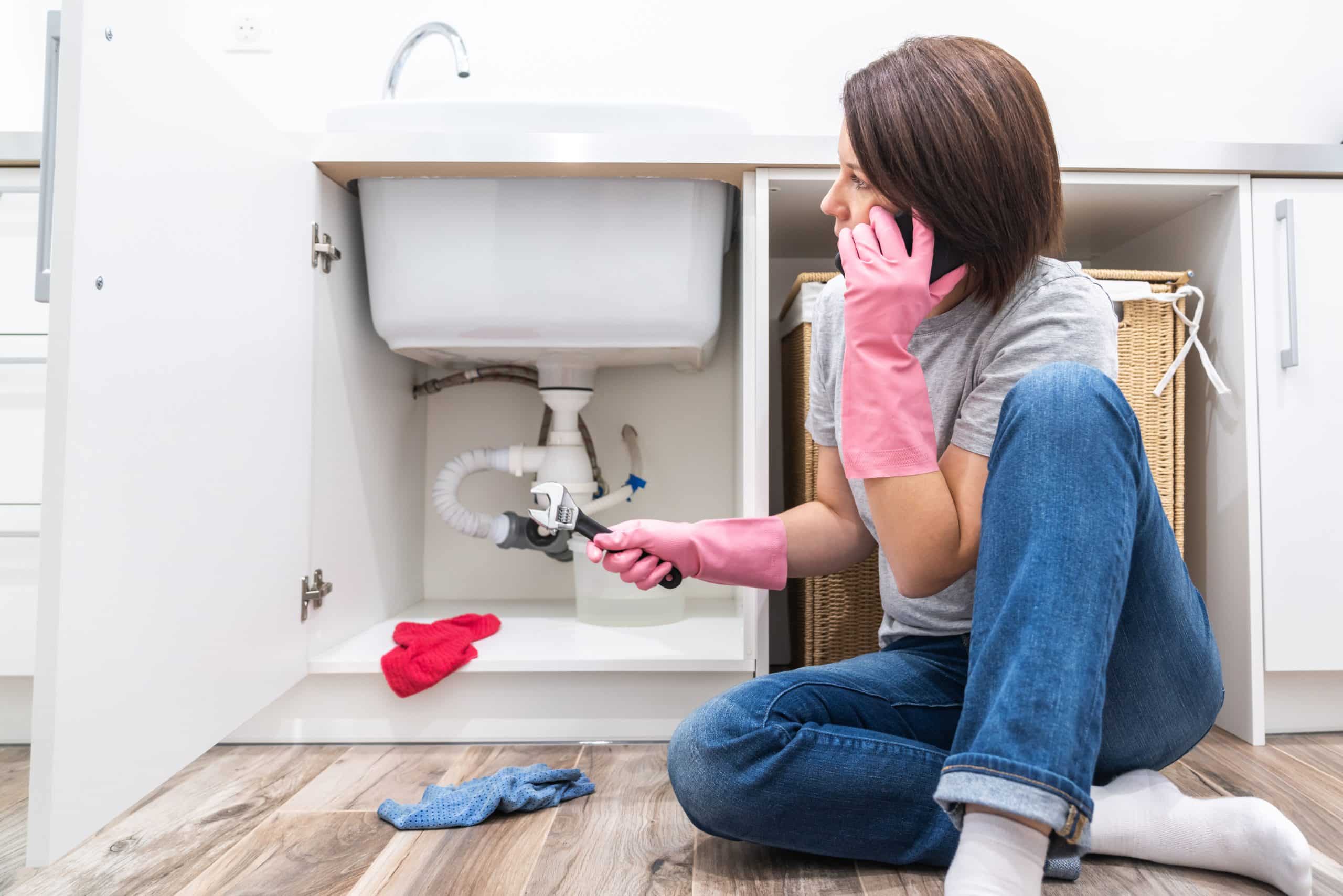

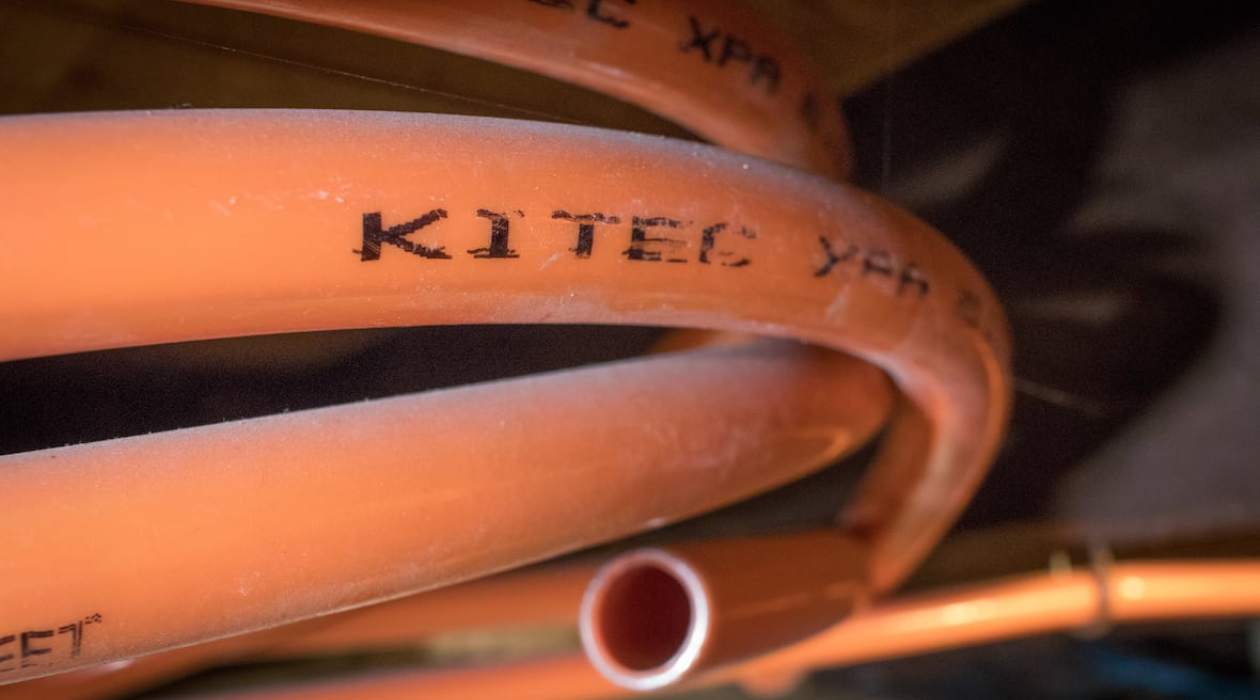
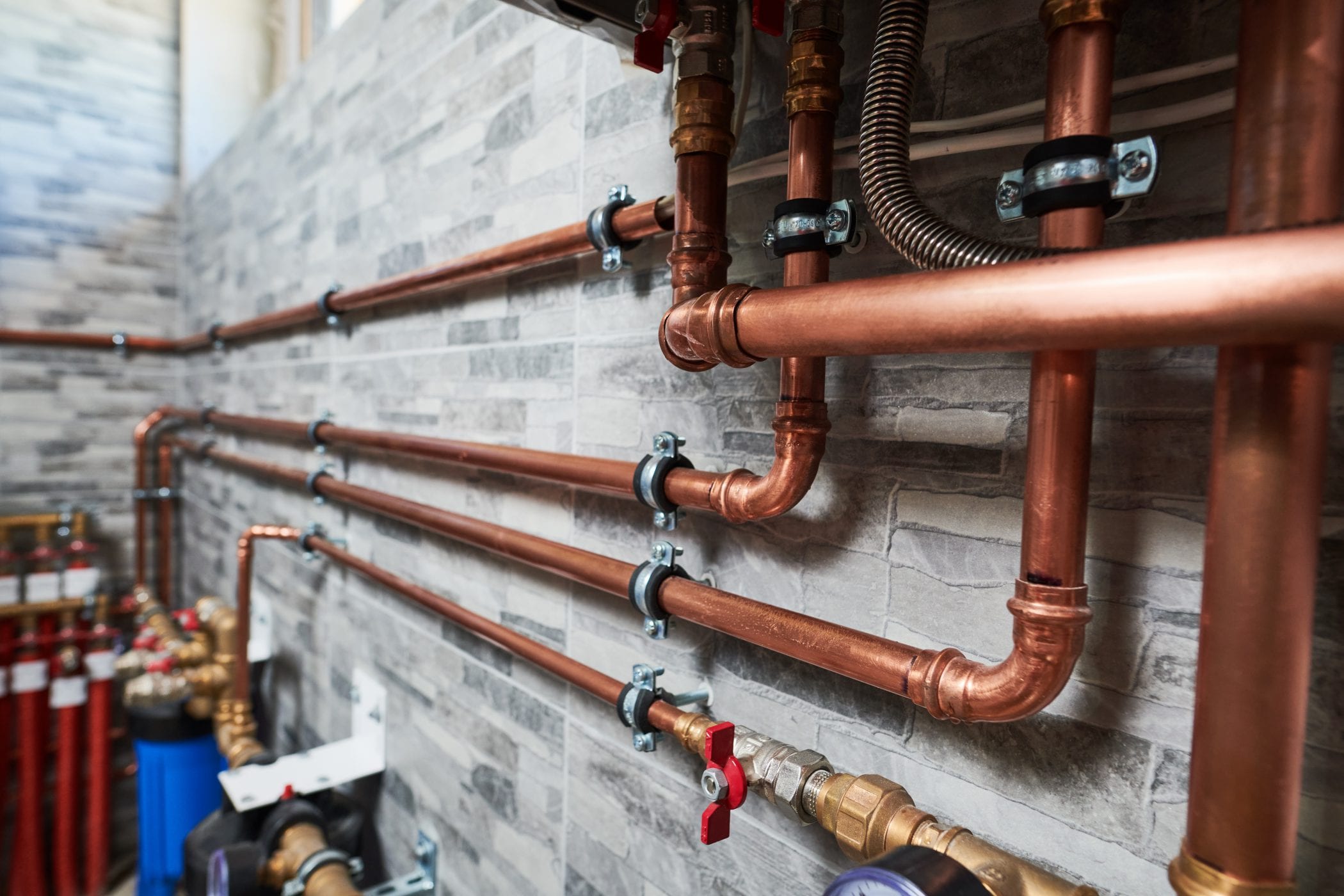
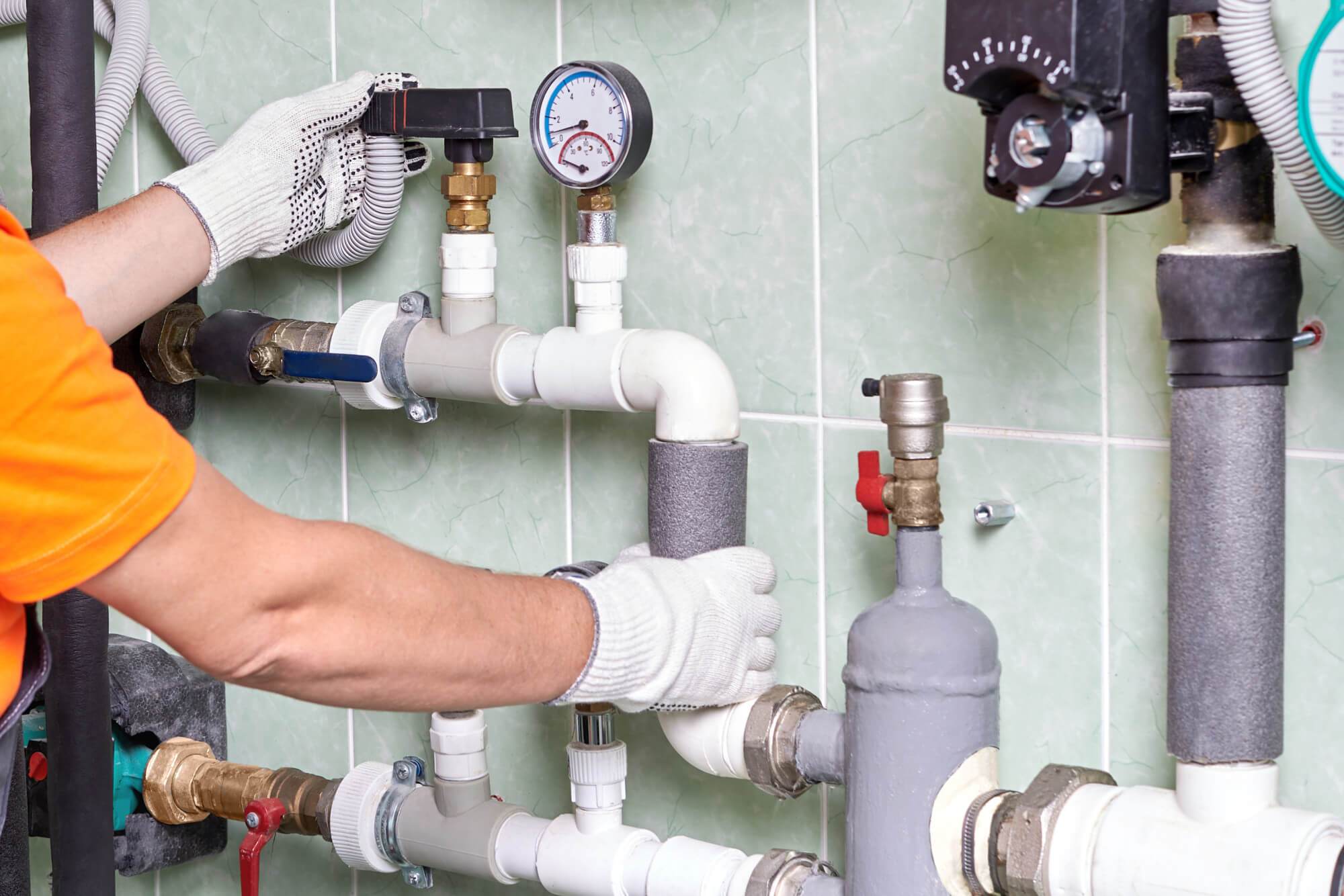
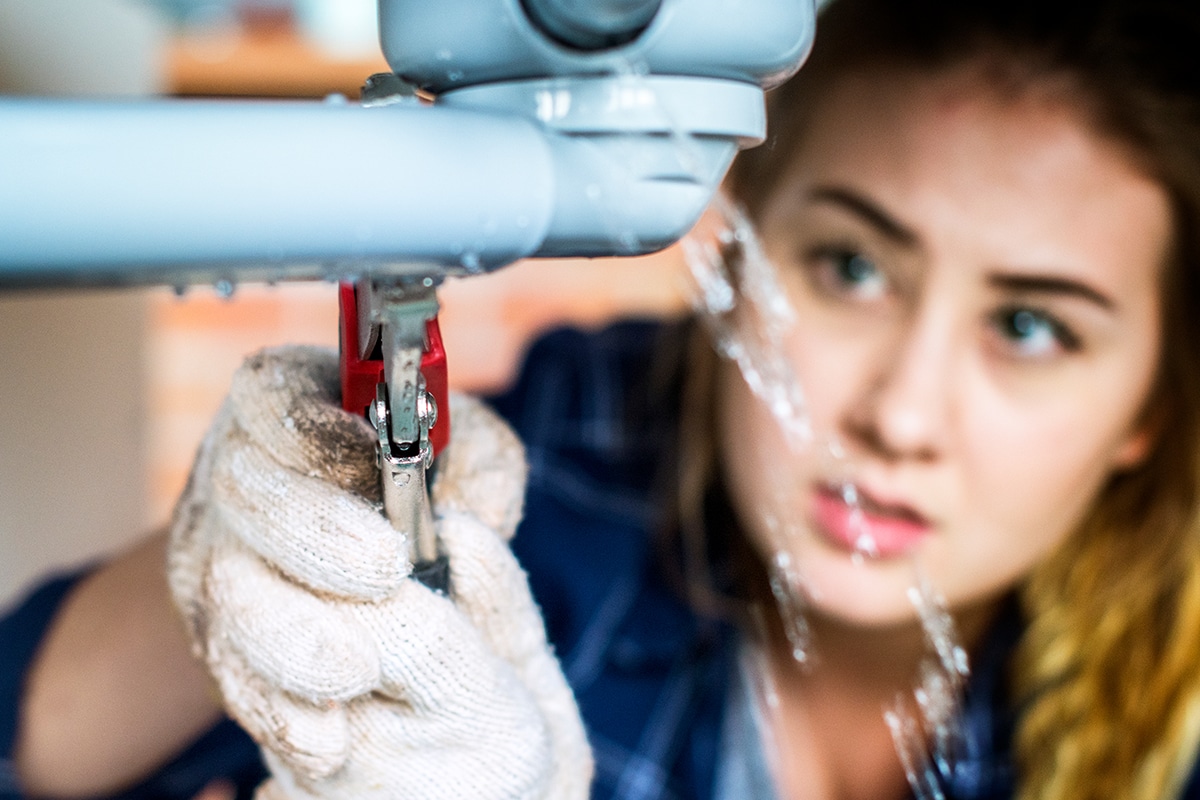
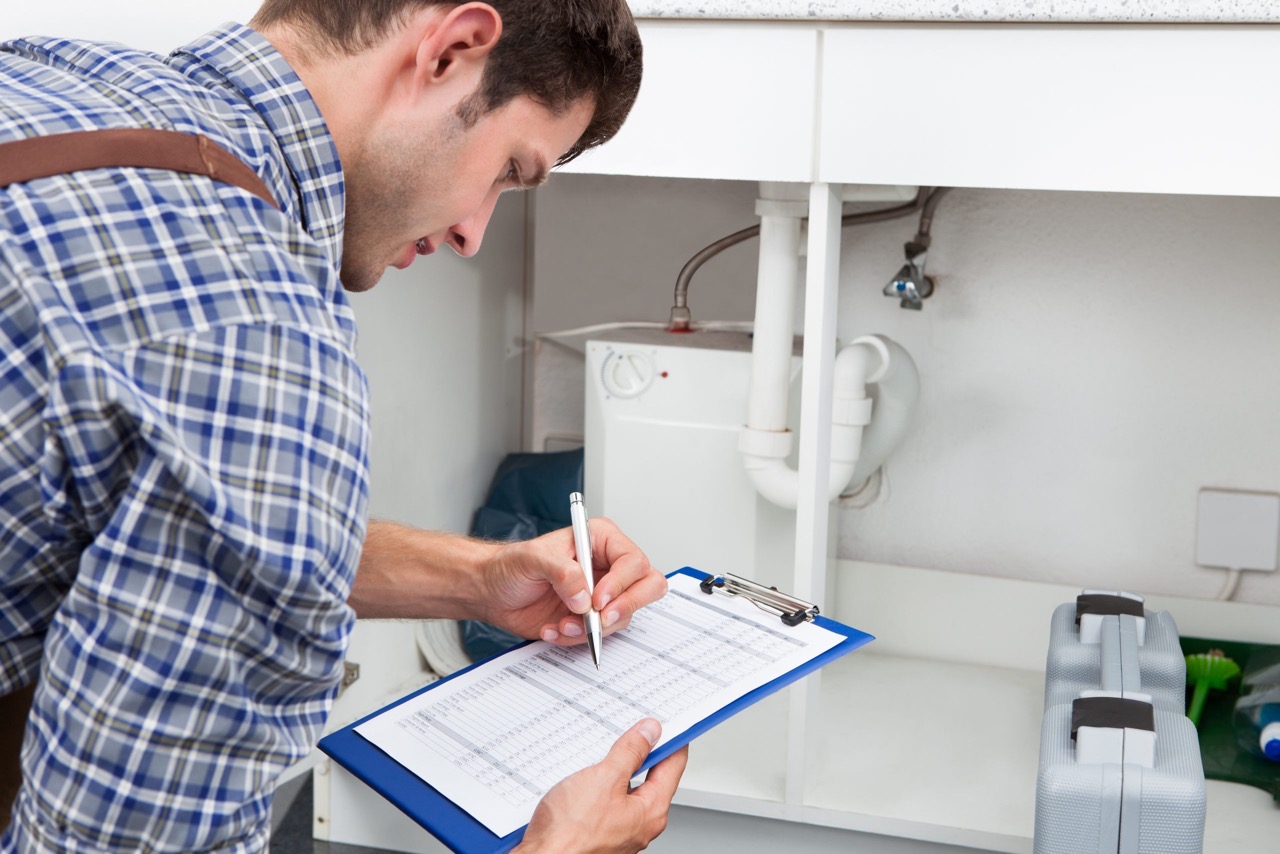
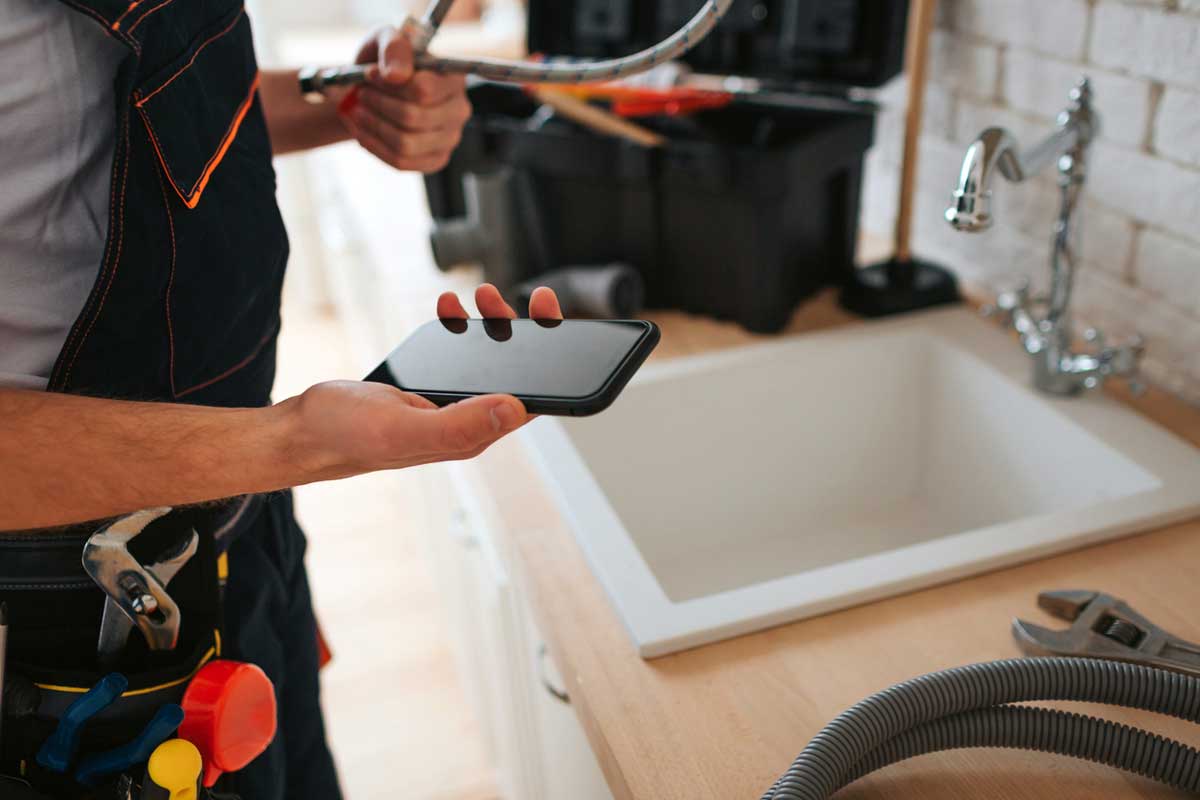
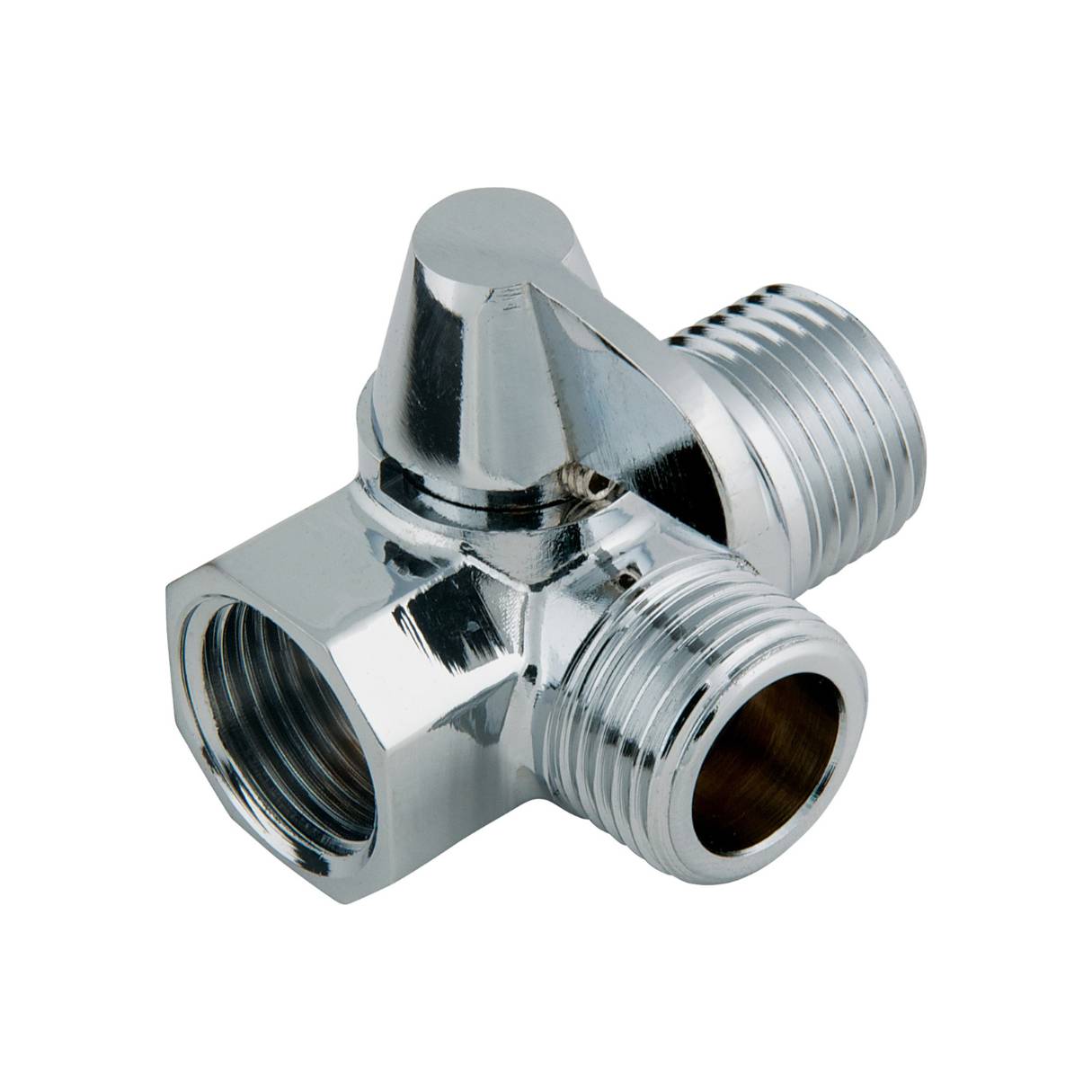
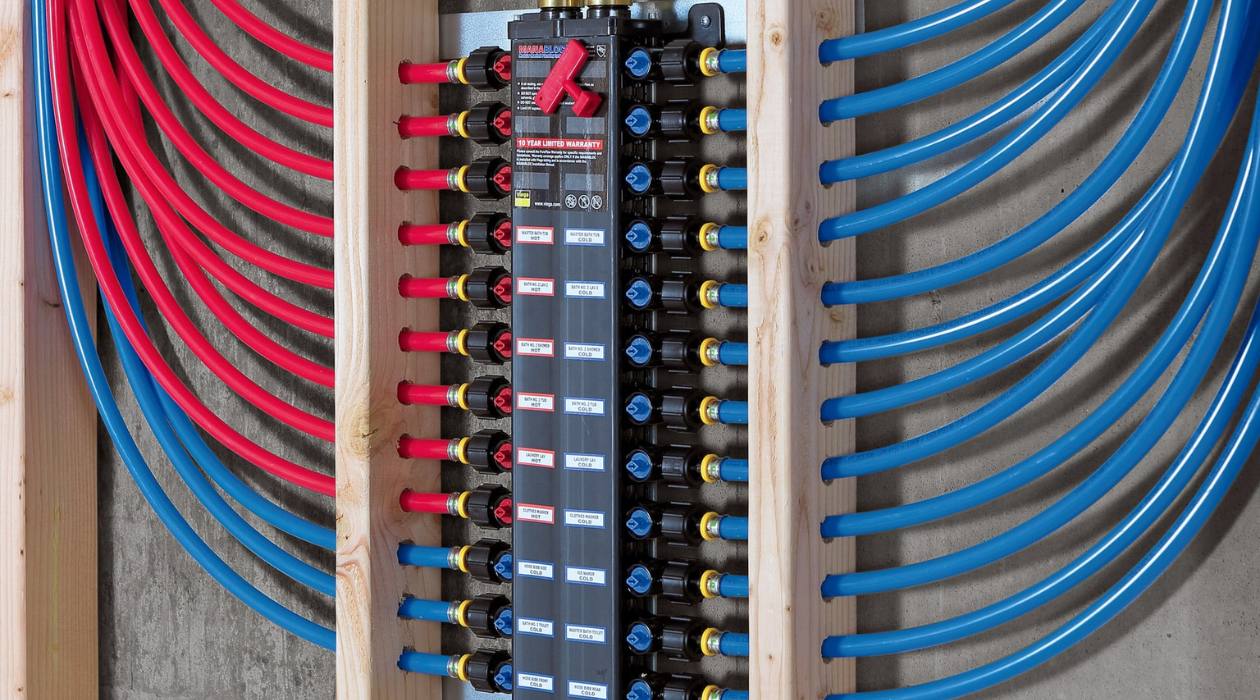

0 thoughts on “What Is An Escutcheon In Plumbing”